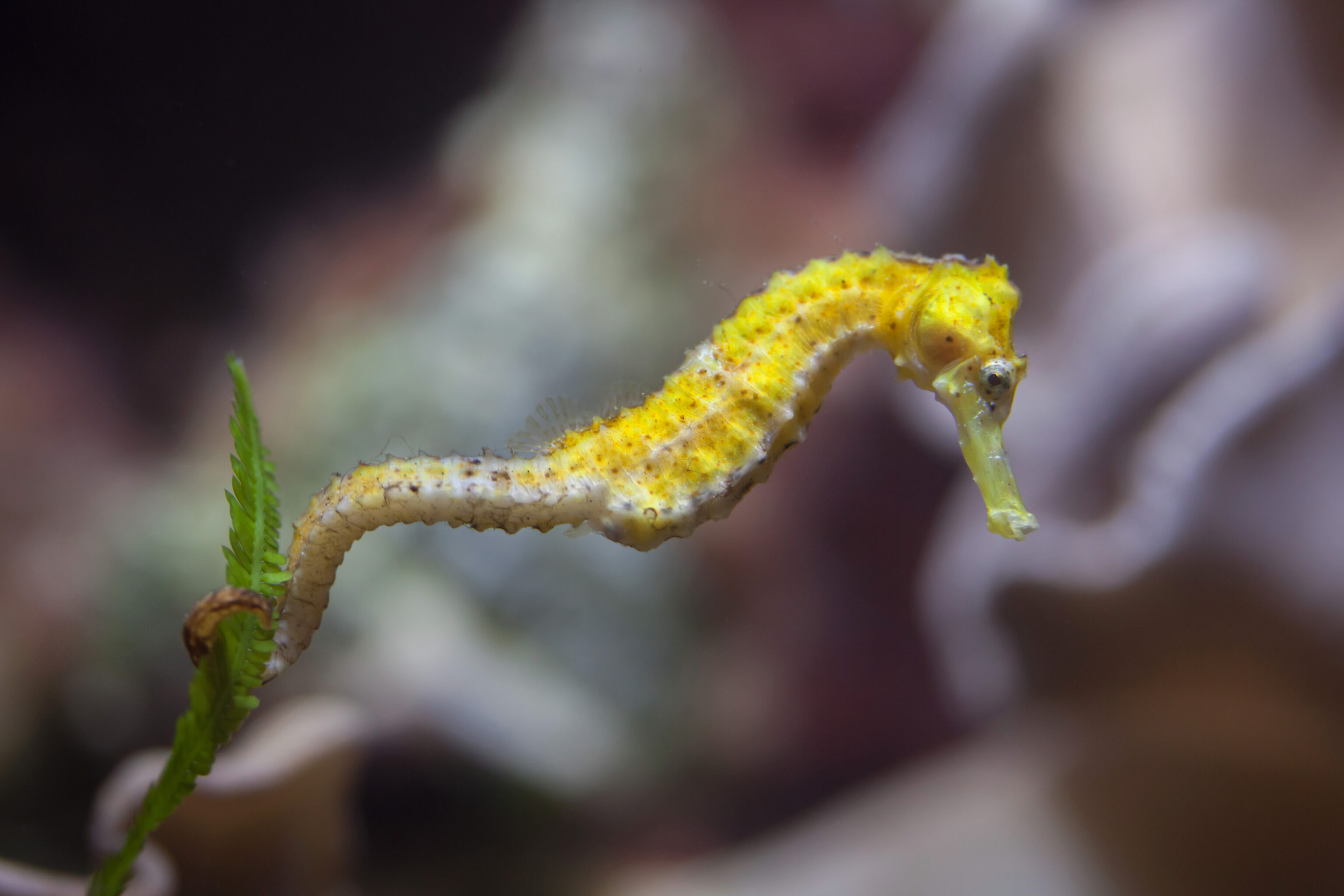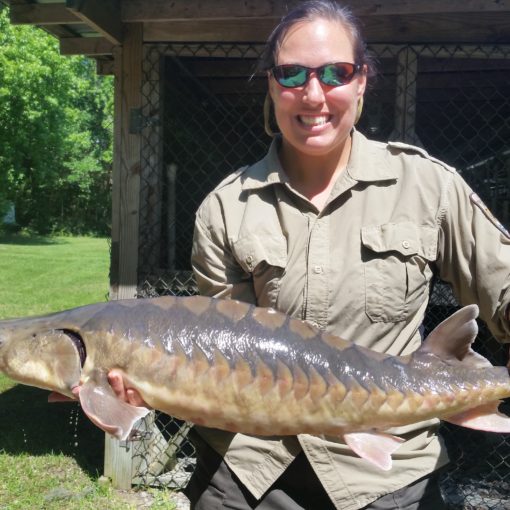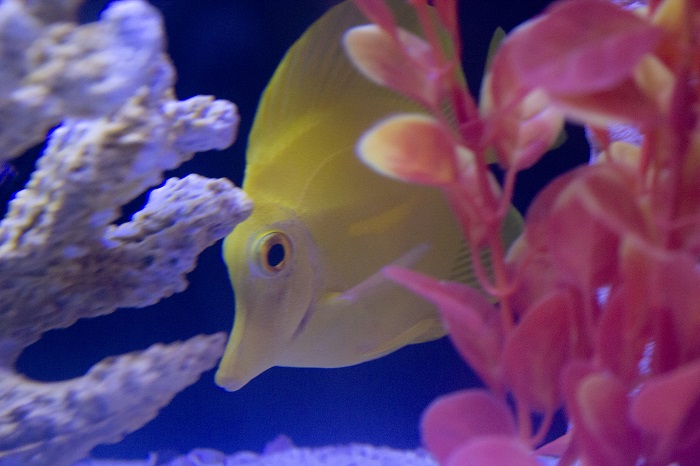These amazing sea creatures are disappearing off the South Carolina Coast. By ANNA VECCHIONE, PH.D.
SEAHORSES, LIKE OTHER MARINE
species in South Carolina’s waters, face many challenges—urban development, pesticide runoff in the water, pollutants from vessels, loss of habitat, and others. The common lined seahorse (Hippocampus erectus) was first documented by Perry in 1810 in the ocean off South Carolina. It is currently listed in the Red List of Threatened Species.
Seahorses are bony fish. When juvenile seahorses leave the male’s pouch, they are like miniature adults and feed on live prey. Depending on their species, seahorses feed on amphipods, copepods, shrimp, and larval fish. They have a high mortality rate in the best of times from natural forces, such as being monogamous, slow swimmers, and falling prey to other species. In recent times, their habitat is threatened by the challenges mentioned above, and they are a bycatch in deep-water trawling operations.
Current Strategies
Among population preservation strategies, reintroduction from captive populations in artificial habitats is controversial. This strategy could risk introducing debilitated, immune-depressed or disease-carrying seahorses (or those having a different genetic make-up) that may cause health issues in the native species at the reintroduction site.
Therefore, conservation is the best solution, and consequently, it is essential to create or preserve habitats where seahorses can thrive. This requires preserving other small crustaceans, amphipods, and copepods—seahorses’ prey— in sites where seahorses have been detected.
What Can We Do?
Sea life conservation mindfulness in the public and commercial fisheries as a means to protect marine natural resources is also significant. A list of South Carolina marine areas that are closed to commercial trawling is available from the Marine Resources Division of the South Carolina Department of Natural Resources (SCDNR).
If lined seahorses are detected in the coastal waters of these zones, conservationists should consider them as possible candidates for seahorse sanctuaries and submit a proposal to the National System of Marine Protected Areas for these new marine zones to become preserves, in addition to Cape Romain.
Spotting the Seahorse
Recognizing the importance of seahorses as a flagship group is essential. Conservation strategies for particular marine habitats and their biodiversity have been shown to be effective. In 2011, the Southeast Area Monitoring and Assessment Program (SEAMAP) trawl survey data showed the presence of seahorses in specific areas, represented by a single catch along the South Carolina coast stretching from Myrtle Beach to Cape Romain.
But head further South and there is no recent record of seahorse catch off the coast from the Isle Palms to Edisto. In 2012, SCDNR staff reported seahorses found along the coast of Beaufort County.
Updated records are desperately needed but funding cuts for research are a worldwide problem. But recreational scuba divers and fishers can be a source of this important data, if they communicate sightings.
This is why I am writing this article, to appeal to citizen scientists, fishers, and recreational and commercial scuba divers: Have you seen seahorses along the coast? Please let us know where you spotted the seahorse and when. Your efforts could help save this magnificent sea animal.
Anna Vecchione, Ph.D., does research in Immunology, Marine Biology and Zoology. Through the community outreach activities
of Sea Life Conservation and Arts, she raises awareness about preserving our natural resources. Email her any seahorse spottings at: anna_vecchione@hotmail.com





